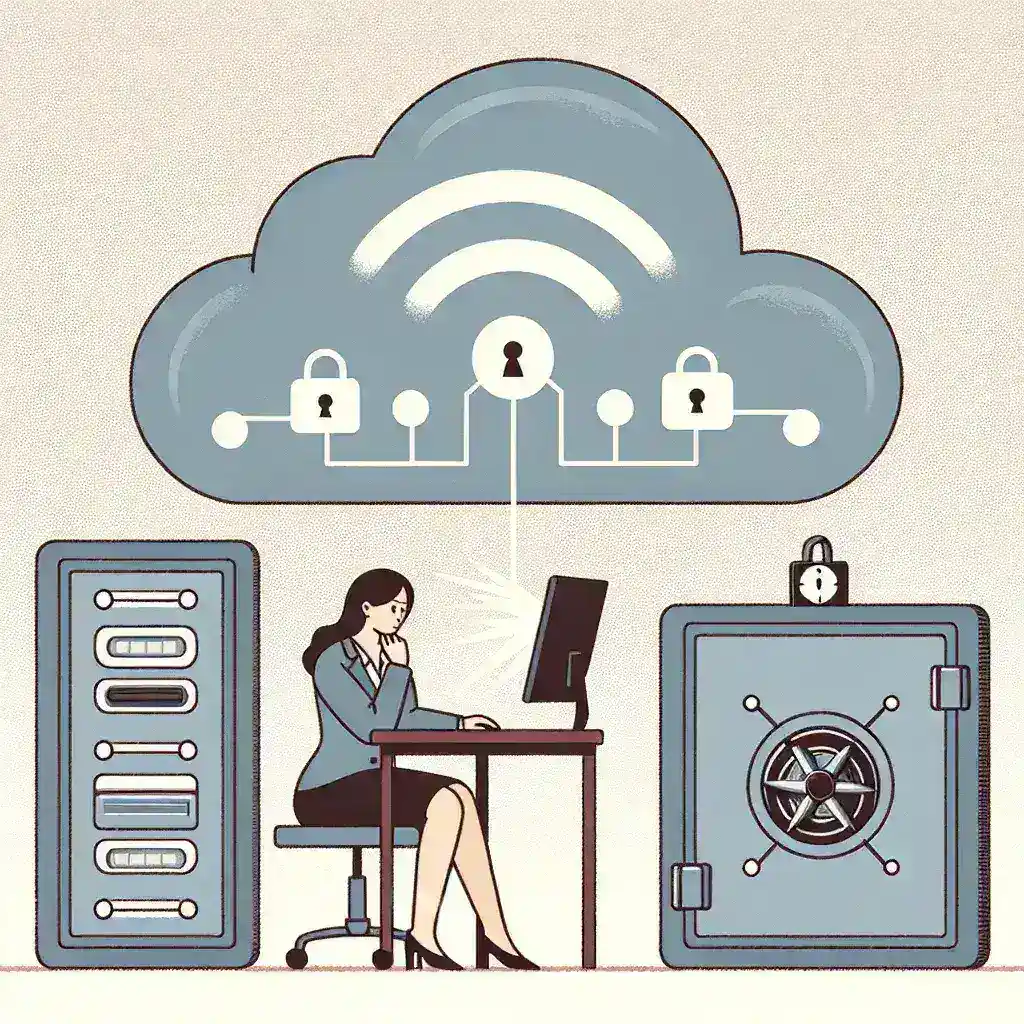Introduction
In today’s digital age, cloud accounts have become essential for storing and managing personal and professional data. However, there may be situations where users lose access to their accounts due to forgotten passwords, security breaches, or other unforeseen issues. This raises the question: Can I hack into my own cloud account for recovery purposes? This article delves into the possibilities, risks, and ethical considerations of attempting to regain access to your cloud account through hacking.
Understanding Cloud Account Security
Cloud service providers implement robust security measures to protect user data. These include encryption, multi-factor authentication (MFA), and regular security audits. These measures are designed to prevent unauthorized access and ensure the integrity and confidentiality of data stored in the cloud.
Encryption
Data encryption ensures that information stored in the cloud is unreadable without the proper decryption keys. This means that even if someone gains unauthorized access to the data, they cannot decipher its contents without the necessary keys.
Multi-Factor Authentication (MFA)
MFA adds an extra layer of security by requiring users to provide two or more verification factors to gain access to their accounts. This significantly reduces the risk of unauthorized access, even if the password is compromised.
The Concept of Hacking Your Own Account
Hacking, by definition, involves unauthorized access to computer systems or data. However, the notion of hacking your own cloud account for recovery purposes suggests a legitimate intent to regain access to your data. Before considering such a step, it’s essential to understand the legal and ethical implications.
Legal Implications
Regardless of intent, hacking into any account without proper authorization is illegal in many jurisdictions. Even if you own the account, bypassing security measures can violate the terms of service of the cloud provider and potentially lead to legal consequences.
Ethical Considerations
Ethically, hacking undermines the principles of security and trust that cloud services rely on. It’s important to seek legitimate methods of account recovery before considering any unconventional approaches.
Alternative Account Recovery Methods
Before contemplating hacking, explore the standard account recovery options provided by cloud service providers. These methods are designed to help users regain access securely and legally.
Password Recovery
The most common method involves resetting your password through a recovery email or phone number associated with the account. Ensure that your recovery information is up-to-date to facilitate this process.
Security Questions
Many cloud services offer security questions as an additional verification step. Providing accurate answers to these questions can help you regain access to your account.
Customer Support
If standard recovery methods fail, reaching out to customer support can provide personalized assistance. They may require verification of your identity before restoring access to your account.
Potential Risks of Hacking Your Own Account
Attempting to hack into your own cloud account carries significant risks that outweigh the potential benefits.
Data Loss
Hack attempts can inadvertently lead to data corruption or loss, making recovery even more challenging.
Account Suspension
Cloud providers monitor for suspicious activities. Unauthorized access attempts can trigger security protocols, resulting in temporary or permanent account suspension.
Legal Consequences
As previously mentioned, unauthorized access is illegal and can lead to severe legal repercussions, including fines and imprisonment.
Best Practices for Cloud Account Security
To prevent the need for desperate recovery measures, adhere to best practices for cloud account security.
- Use Strong, Unique Passwords: Create complex passwords that are difficult to guess and avoid reusing them across multiple accounts.
- Enable Multi-Factor Authentication: Activate MFA to add an extra layer of security to your account.
- Regularly Update Recovery Information: Keep your recovery email and phone number current to ensure you can regain access if needed.
- Monitor Account Activity: Regularly check for any suspicious activity and report it immediately.
Conclusion
While the idea of hacking into your own cloud account for recovery purposes might seem like a quick fix, it is fraught with legal, ethical, and practical risks. Instead, leveraging the standard recovery methods provided by cloud service providers is the recommended and safest approach. By implementing robust security practices, you can minimize the chances of losing access to your cloud account and ensure the safety of your valuable data.



